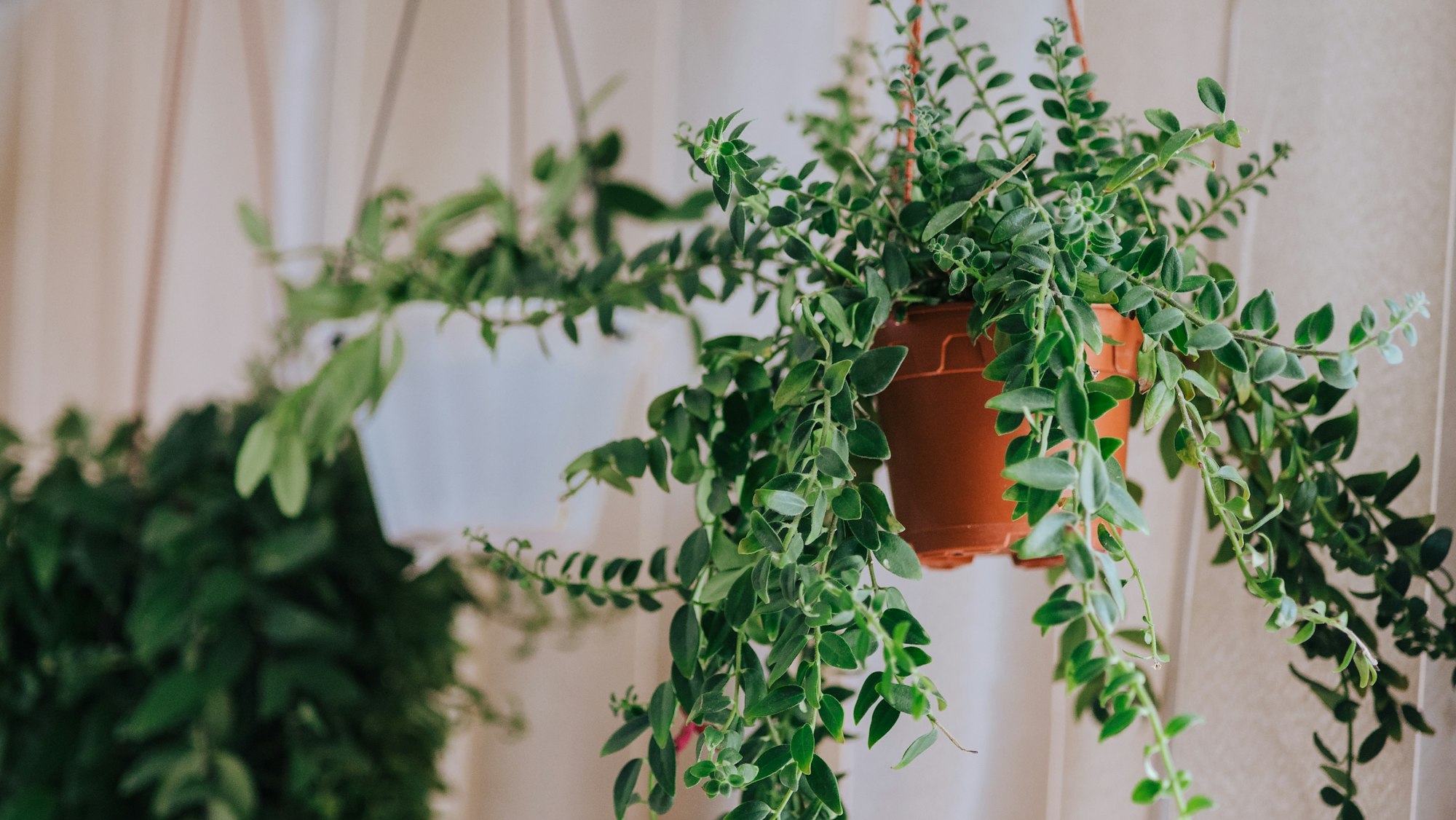Indoor Air Quality – GOOD or BAD
Air quality is a common topic we all learn in schools. But if we delve deep into the topic, we will find out the different aspects of air pollution that we need to understand. One such concern is indoor air pollution, especially in India.
Indoor air pollution is a problem of both the urban and the rural areas. In rural areas, people use biomass, wood and fossil fuels for cooking purpose and are thus exposed to smoke and fine dust. The smoke emitted from the fuels constitute of complex chemical compounds that are harmful to health.


While we discussed the indoor air pollution of homes, just imagine the pollution of our enclosed office spaces where thousands of occupants breathe emitting carbon dioxide, or carry dust in their footwear. Or think about our educational institutions most of which do not maintain proper cleanliness. All this deteriorate the indoor air quality. Research shows, poor air quality causes sick building syndrome (symptoms of dizziness, nausea, headache), poor concentration and productivity and leads to absenteeism due to short or long term health effects.
While some amount of pollution is obvious, measures may be taken to reduce them.
- Placing indoor air quality plants in homes (Aloe Vera, areca palm, snake plant, Gerber daisy etc.)
- Improving ventilation
- Maintaining cleanliness
- Using cleaner cooking fuels

ALL CONTACTS
- A-148, 2nd Floor, Gujranwala Town, Delhi - 110009
- +91 98188 91223
- donations@kib.org.in
SUBSCRIBE
Never miss out on any news and updates by Keep India Beautiful.
- Keep India Beautiful. Copyright 2024









